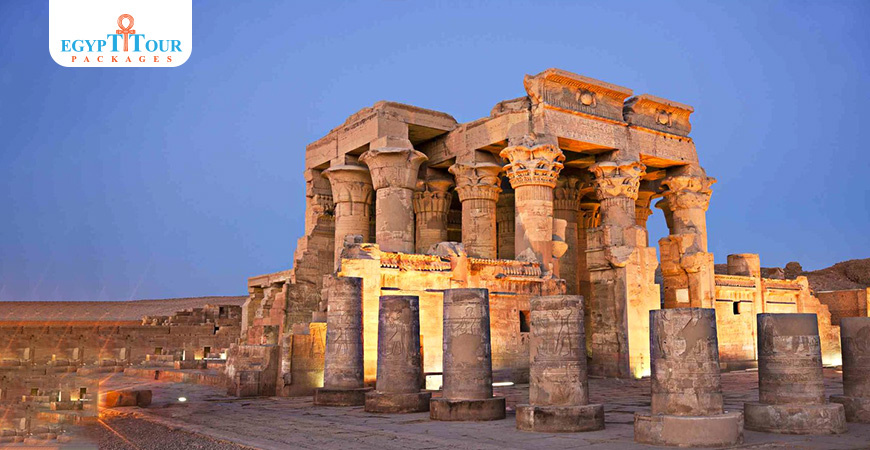
Komombo Temple
The Kom Ombo Temple is a sacred Ptolemaic temple co-dedicated to the crocodile deity Sobek and Horse (falcon-headed).
Where is kom ombo located?
The city of Kom Ombo is located on the eastern bank of the Nile, 165 km south of Luxor. The city overlooks a distinguished location separating two main roads. The first road passes towards the Kerkur Oasis to Nubia, and the second from the Daraw region to the eastern desert. The city gained special importance since prehistoric times, and this city continued into the eras of the Old Kingdom and what followed. The Egyptian-Austrian archaeological mission announced the discovery of an administrative center dating back to the era of the First Transition, and more than 20 silos that were likely used to store grains, as well as seals dating back to the era of the Old Kingdom.
- Origin of the wordd Komombo :
The name consists of two parts, the first is Kom, meaning hill, and the second is Embo, which is taken from the word Nebo. Kom Ombo was known in the ancient Egyptian language as Nebet, and it may mean golden, which is an adjective from the word Nebo, which means gold, as it was located at the crossroads of the gold mines. It was mentioned in Coptic as Anbo, and the Greek name is Embos.
- Discovery of the temple:
The temple was discovered by French campaign scientists, and some artists drew the general shape of the temple in the book The Temple of Kom Ombo.
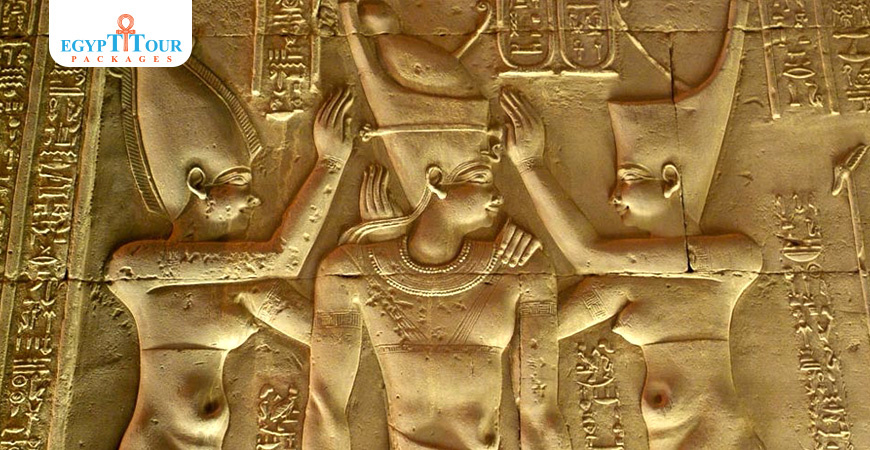
Kom ombo temple facts
The importance and dedication of the temple:
The Kom Ombo Temple is considered one of the most important temples due to its architectural and religious distinction. It appears as if it is composed of two parts separated by an imaginary line. It was dedicated to its worshipers, the gods Sobek and Horus the Great, each of whom merged into a trinity of its own. The first triad consists of (Sobek, his wife Hathor, and her son Khonsu-Hor), the second triad consists of Hor-R (Horus the Great), his wife ta-sent-nefret, and their son pa-net-yaui. The design of the temple indicates that an agreement occurred between the priests of each of the two local gods, so the god hor-wer occupied the northern section, and the god Sobek occupied the southern section. The Trinity of the Kom Ombo Temple indicates the continuation of the phenomenon of the Trinity after the era of the New Kingdom. It is considered a rare phenomenon that is unparalleled anywhere else in ancient Egypt, which is the presence of two Trinity sharing one temple at the same time. The temple is also distinguished by the presence of a collection of medical and surgical tools and another view of the division of the temple by the goddess Maat, the goddess of truth and justice.
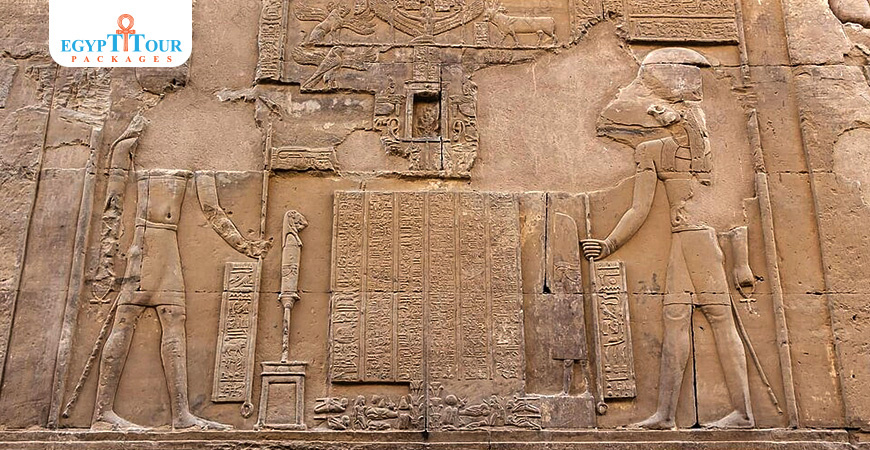
The temple of kom ombo
- Construction of the temple:
The Kom Ombo Temple was built on a high hill on the river in the city of Kom Ombo, on the ruins of an ancient temple that bore the name of Bar Sobek, or the House of Sobek, during the reign of Tuthmosis III and Queen Hatshepsut of the 18th Dynasty. Work began on building the current temple during the reign of Ptolemy V, and some of its buildings were erected by King Ptolemy. Sixth: The Hypostyle Hall was built during the reign of Ptolemy VIII, with the exception of the inscriptions that were completed during the reign of Ptolemy XII. The front courtyard was built and decorated during the reign of Tiberius, then Emperor Domitan made additions to it, and his name was found inside a cartouche. Work on the temple continued until the year 218 AD, so the construction and decoration of it took approximately 400 years.
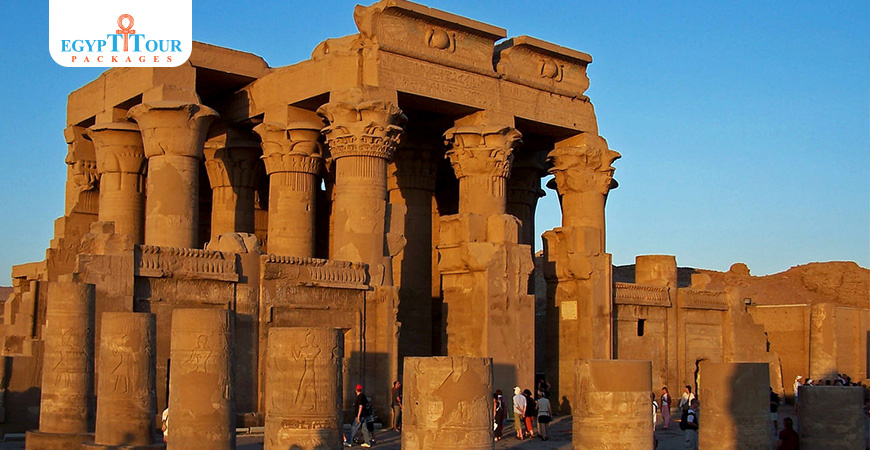
Why was the temple of kom ombo built?
- The purpose of building the temple
The purpose of building the temple was to worship the god Sobek, but he was worshiped in a different way with the god Horus. Sobek was seen as a god of this world and the afterlife, where the crocodile is an amphibious creature that dives into the depths of the water for a period and then returns again near land. As for the god Horus, he was seen as an image of the sun and the world, and the worship of these two deities continued from the New Kingdom until the Roman and Greek era.
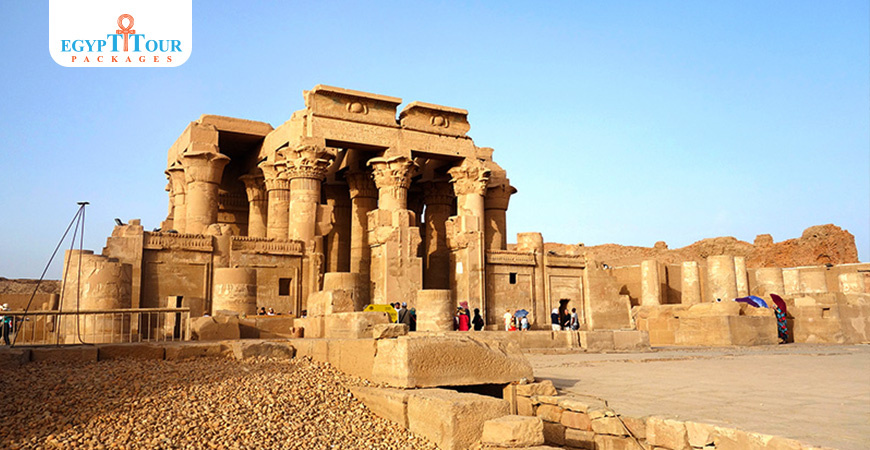
Temple of Sobek and Horus
- Sobek:
Sobek is the crocodile god in ancient Egyptian religion. He was worshiped throughout Egypt, but his main center of worship was in the city of Koumambo, where he was worshiped alongside the sky god Horus.Sobek was considered a god of fertility, protection, and rebirth. He was believed to control the waters of the Nile, and was worshiped as a protector of kings and people. Sobek was often symbolized by a crocodile, and was sometimes depicted as a human with the head of a crocodile. He was also worshiped in the form of a live crocodile, and sacred crocodiles were kept in temples.
- Horus :
Horus is the god of the sky, sun, and king in ancient Egyptian religion. He was considered the son of the god Osiris and the goddess Isis. Horus was worshiped throughout Egypt, and his
main center of worship was in the city of Edfu. Horus was considered a god of justice, protection, and victory. He was believed to protect the king from his enemies, and was worshiped as a protector of peasants and travelers.Horus was often symbolized by an owl or hawk, and was sometimes depicted as a human with the head of an owl or hawk.
The relationship between Sobek and Horus:
Sobek and Horus were two of the most important gods in ancient Egyptian religion. They were considered two opposing gods, with Sobek symbolizing the mysterious forces of nature, and Horus symbolizing the forces of order and order. However, they were also considered allies, as Sobek was considered the protector of Horus, and Horus was considered the ruler of the Underworld, where Sobek also ruled. In the myth of the conflict between Horus and Set, Sobek sided with Horus in the struggle against his uncle Set.In the temple of Komombo, Sobek and Horus were worshiped side by side as part of a holy trinity. In this triad, Sobek represented physical power, and Horus represented spiritual power.
-Sobek and Horus were two of the most important gods in ancient Egyptian religion. They were considered opposing gods, but they were also considered allies. They played an important role in the beliefs of the ancient Egyptians, and represented the forces of nature and order.
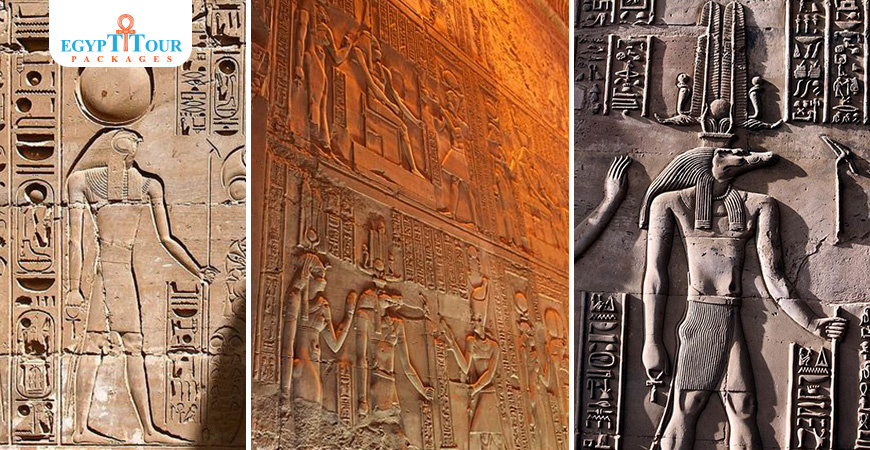
Kom ombo temple Egypt
- Temple layout:
We enter the temple from the southwest wall where we reach the gate of the temple set by Ptolemy XII (Neus Diulesus) and then we find ourselves in front of the outer temple temple, which is dated to the Dominian era. Then we find ourselves in what is known as the open courtyard, a courtyard with 16 columns on the left and right sides, 6 columns on the south, probably by Tiberius. In the front of the temple, the stone curtains connect the 5 columns and a large entrance and two entrances Small on both sides of the facade and the hall we now enter consists of 15 columns, with different crowns of papyrus, lotus, palm fronds, and a complex column, the roof of which is adorned with the views of the gods Elite and Agait, and some of which are incomplete and dated to the time of Ptolemy XII.And through the entrance in front of us we reach the hall of small columns consisting of 10 columns may have been built by Ptolemy VIII (Jürgness Fiscun) and from that hall we pass successively three internal halls may have been built by Ptolemy VI (Philominor) has been demolished those halls, and rise each of them from the other a little distance and the first hall is unknown function The second hall is the hall of offerings and the third is the ninth hall and we finally reach the Holy of Holies and they are similar in planning and historians of the rule of Ptolemy VI, The Holy of Holies is surrounded by a number of rooms.Behind the Holy of Holies there are 7 rooms, some of which were used as stores, others for the high priest's accommodation, and the middle room has the remains of stairs, through which the roof of the temple was ascended, and the temple has two corridors, one internal and we reach it from the Great Column Hall, and the other is external, and we reach it from the open courtyard
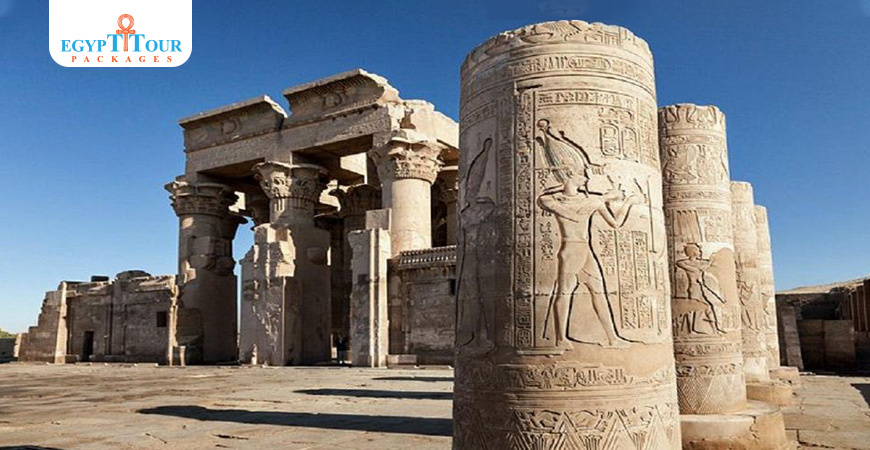
Kom ombo temple photos
- “Mamaizi” house of divine birth:
Location: It is located in front of the towers of the front hall of the main temple.
Its history: What remains of it dates back to the era of Ptolemy VIII, and we find that the western half was removed by the Nile.It consists of an open front courtyard leading to a hypostyle hall that contained four columns leading to an outer hall and behind it an inner hall in which the birth rituals of the main temple deity were performed.
The most important inscriptions:
On the façade of the Hypostyle Hall we find a view of the Nile River, Haebi north and Haebi south in front of the king. Then inside we find a view of Ptolemy VIII carrying offerings, behind him Queen Cleopatra carrying roses. In the outer hall, we find a god killing a snake, a symbol of evil, and scenes of sacrificial bearers, the goddess Hathor, the god Khonsu, and a group of other gods.In the inner hall, we find the king offering Maat to the god Thoth and other gods, and we find a view of Mec offering sacrifices to the god Sobek, and a view of the king on a boat in the middle of the woods, accompanied by a group of different gods, including the god Min.There is a unique sight that is not found in any temple in Egypt, which is the ritual of offering geese (Ru) and papyrus to the deity Ka Mut-If, the Lord of fertility, and the purpose of this ritual is to restore the cycle of life.
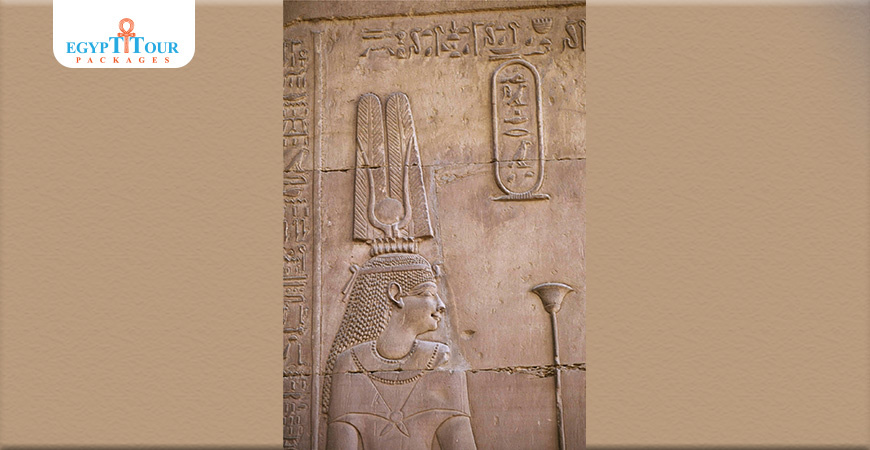
Kom ombo temple crocodiles
- Hathor's cabin:
It is located east of the temple, based on the temple wall.It dates back to the era of King Domitian and was built in the Roman style, as it was built on a terrace that we reach via a ladder.
Architectural description:-
It is a single rectangular room with a large glass box in the middle containing three crocodile mummies, and it is devoid of any inscriptions.
Cabin facade inscriptions:-
We find a scene of the goddess Hathor at the entrance, followed by a view of the goddess Mut carrying a musical instrument, and behind her, King Domitian offering wine to the various gods.
The gate of Queen Hatshepsut and King Thutmose III:
It is located on the western side of the temple wall. On it we find a scene of one of the Ptolemaic kings before a god, a scene representing King Tuthmosis III, and cartouches of Queen Hatshepsut.
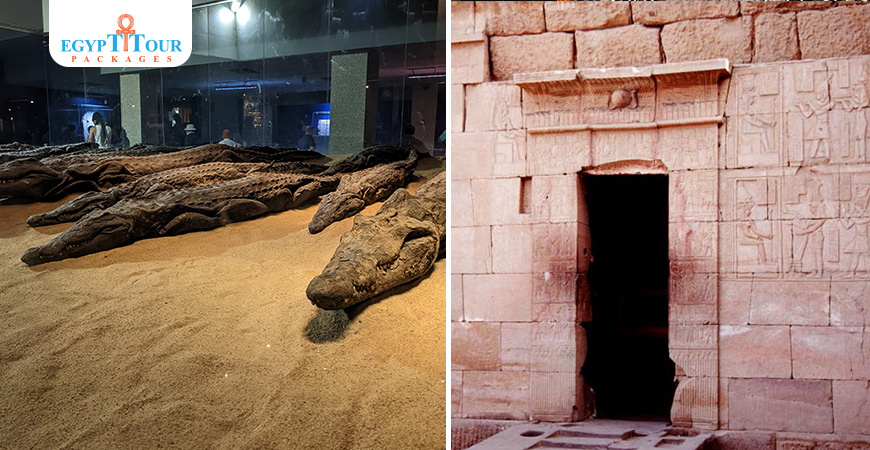
Kom ombo temple facts(?The Nilometer)
It dates back to the Roman era, and is located on the northwestern side. It is a round well connected to another small, round well that is connected to a square-shaped basin with steps. This measurement was used to determine the water level on flood days and then determine the taxes on the agricultural land attached to the temple.
- King Ptolemy VIII's gate:
Located on the western side of the temple, we find on it a scene of King Patmos killing his enemies before the gods and offering sacrifices to the god Sobek and the goddess Hathor. And a scene of the king presenting offerings, incense, and gifts to the various gods, and other scenes representing offerings for sacrifices by the king.
- The shrine of the gods of Sobek:
It dates back to the era of Emperor Caracalla and is located on the northeastern side of the temple.
Description: It is located on a high terrace that we reach via a ladder, and on it is a rectangular building. In front of the entrance are two square columns with a view of Emperor Caracalla and other emperors.
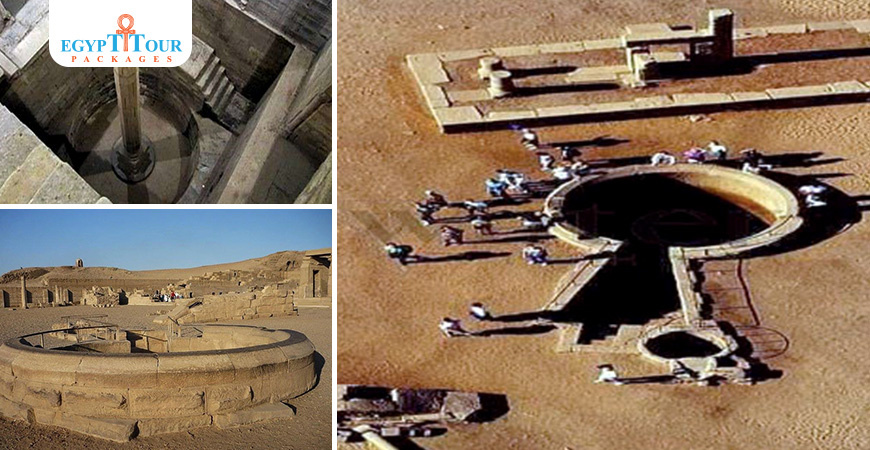
Kom ombo temple calendar
The inscriptions of the temple, starting from the second hypostyle hall to the end: -
Starting from the second hypostyle hall, we see a view on the left wall from the outside. It is known as the decorative element, which is the connection of the signs of the Ankh, Geid, and Was with each other, and it is a decorative element known in Ptolemaic temples.As for the interior, there is a view of Sobek on the mural that connects the Sobek and Horus Gates from the inside. We can say that most of the scenes in the Second Hypostyle Hall are dominated by scenes of the royal coronation, but the most important views are the following:
A scene representing the king standing and holding the sign of the Was in his hands in front of the idol Horus, who in turn presents the sign of love to Siddad. We notice that the sign ends with three frogs indicating the number of many years. What is new in this scene is the representation of the king with his main and secondary wife together, and it is a scene that is not found in any Egyptian temples. Before that, both wives held wands in their hands, perhaps a sign of marriage.
They are views of the following three halls:
The three halls are dominated by scenes of offering sacrifices
However, the most important views of these halls are the following:
The most important view in the first hall: -
A view of the king with the double crown, standing with the sign of the Was, with the goddess Seshat (she is known to be the goddess of writing and is believed to be the wife of Jehuti, the god of wisdom and writing in ancient Egypt).
The most important view in the second hall:
A view representing the calendar and the days of the year, and the table of days corresponds to another table corresponding to it, so that each day in the table corresponds to an action corresponding to it in the other table.
The most important view in the third hall: -
Representation of the king with the Holy Ennead.
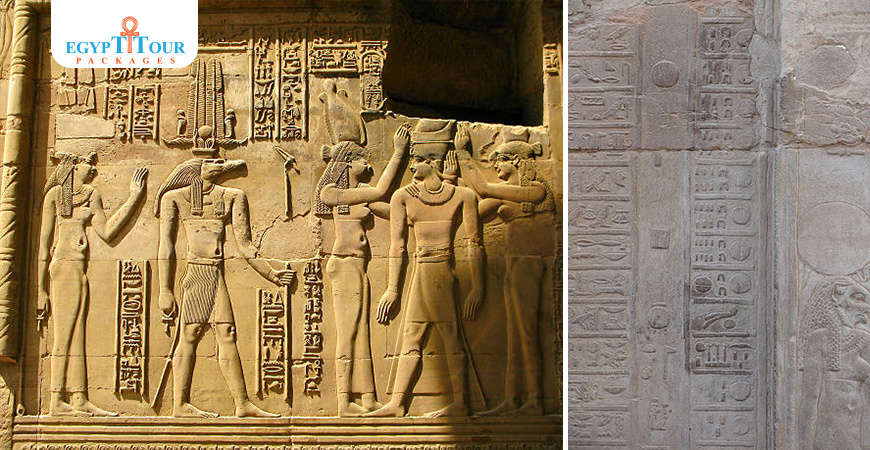
Kom ombo temple surgical instruments
- Holy of Holies
As for the Holy of Holies, they are in a ruined state, and what remains of them are two granite bases on which a holy boat was placed. Next to the Holy of Holies are the seven rooms. Perhaps the most important of them is the fourth room, in which we find a ladder leading to the roof. The roof was used for drying grains.
Exit corridor: - The most important thing that distinguishes it is the presence of what is known as the medical scene, where we find King Ptolemy V in a devotional position, while Imhotep, the minister of King Djoser of the Third Dynasty, who was deified and considered a god of medicine, and between them is a medical plate full of various surgical tools, most of which are still used until now.
- Surgical instrument panel
The painting of medical instruments in the Temple of Kom Ombo is an archaeological painting that shows a set of drawings of surgical instruments known in ancient Egypt in the Temple of Kom Ombo in Aswan.In the outer part of the temple, an inscription of the idol Imhotep appears with surgical instruments at that time and various texts about medicine in ancient Egypt.
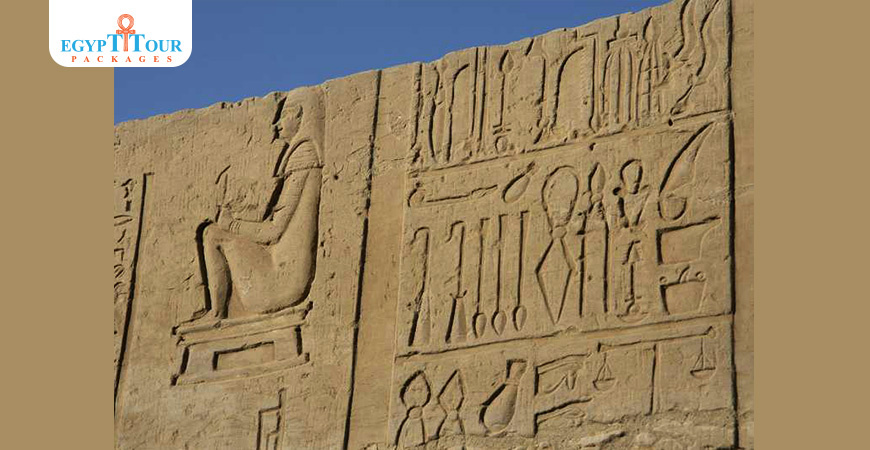
Post A Comment
Your Email Address Will Not Be Published.
Hot Categories
Topics of Aswan
Table of Contents
- Where is kom ombo located?
- Kom ombo temple facts
- The temple of kom ombo
- Why was the temple of kom ombo built?
- Temple of Sobek and Horus
- Kom ombo temple Egypt
- Kom ombo temple photos
- Kom ombo temple crocodiles
- Kom ombo temple facts(?The Nilometer)
- Kom ombo temple calendar
- Kom ombo temple surgical instruments












































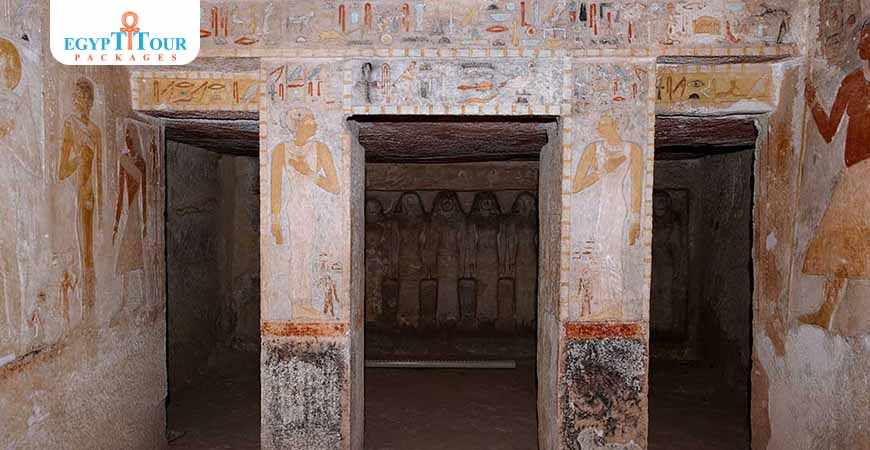
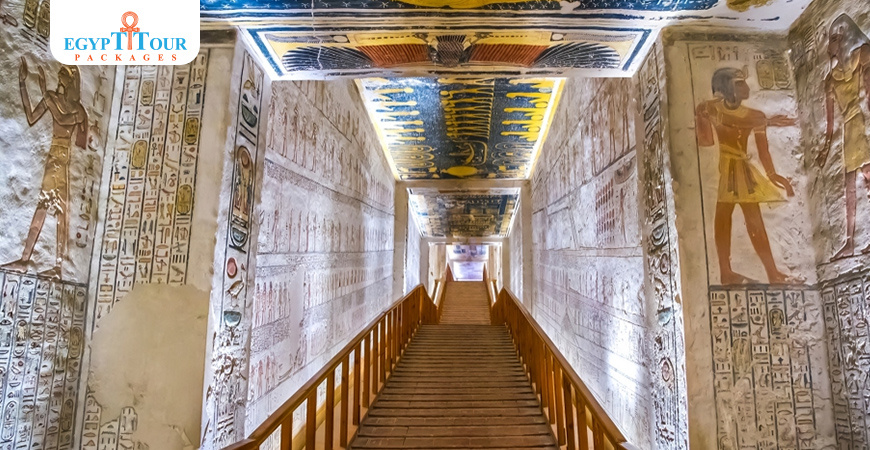
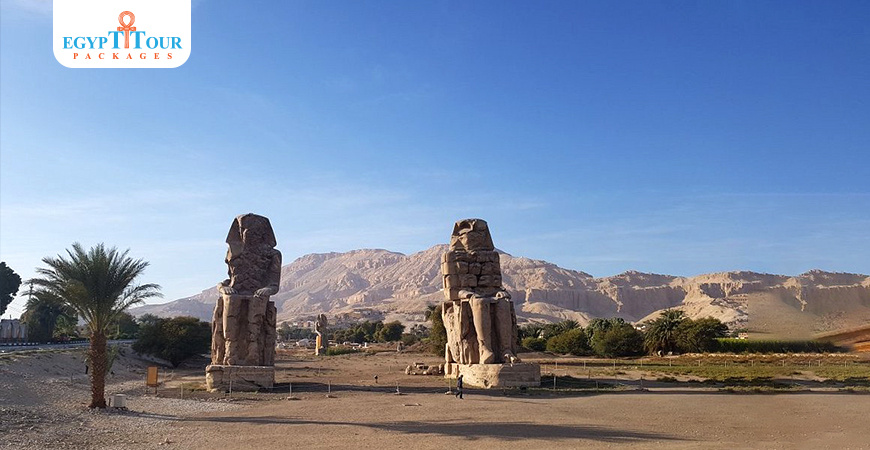
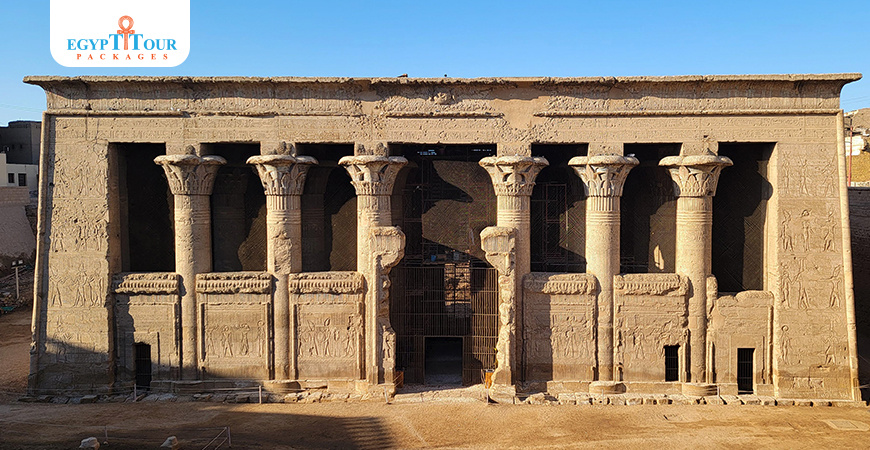

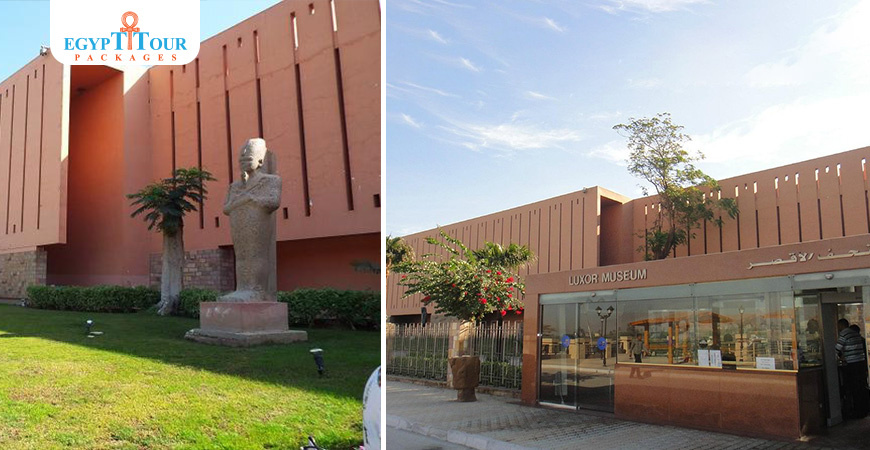

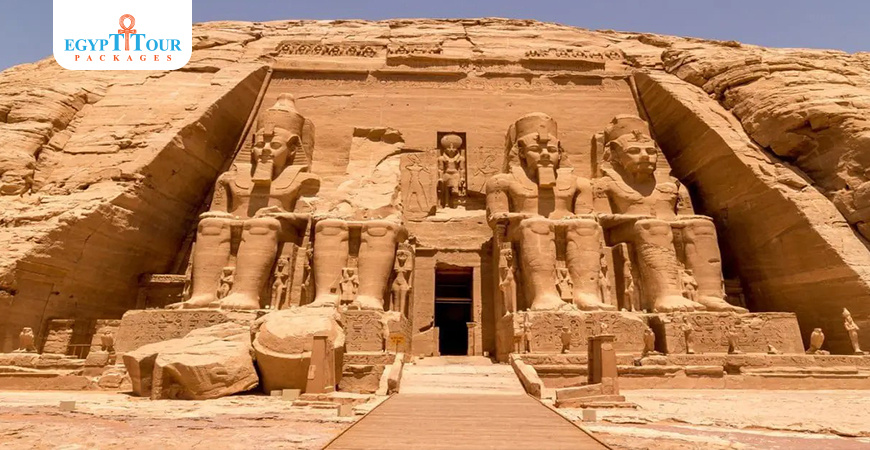
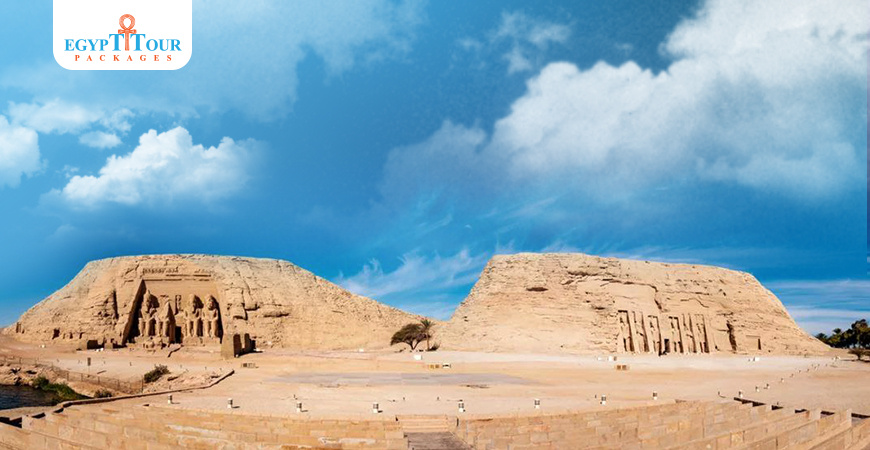
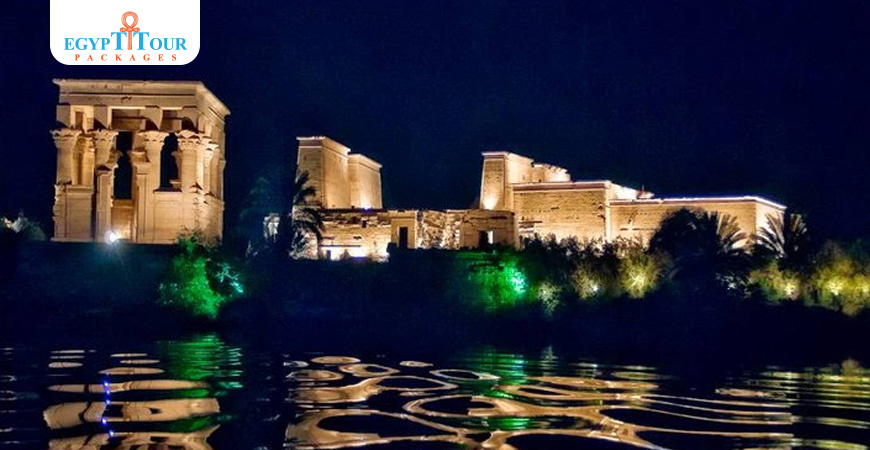
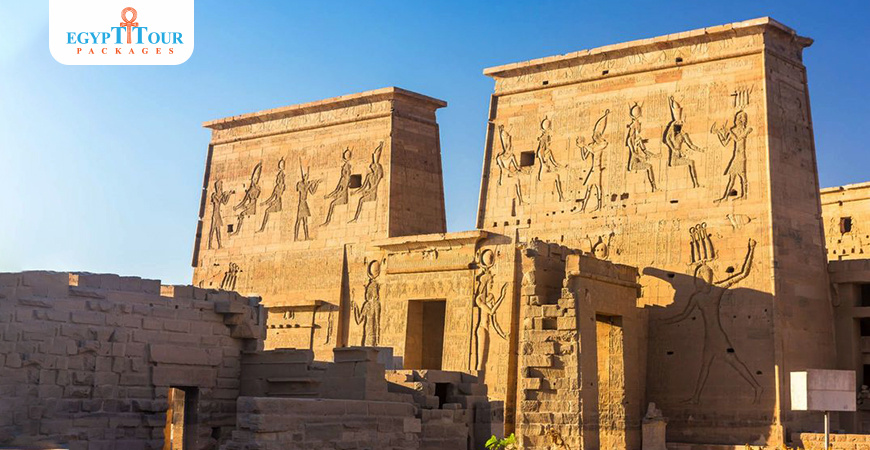
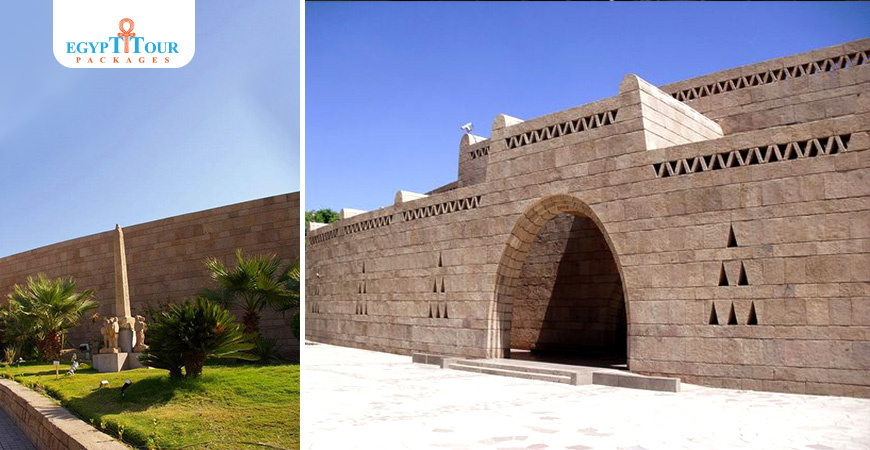
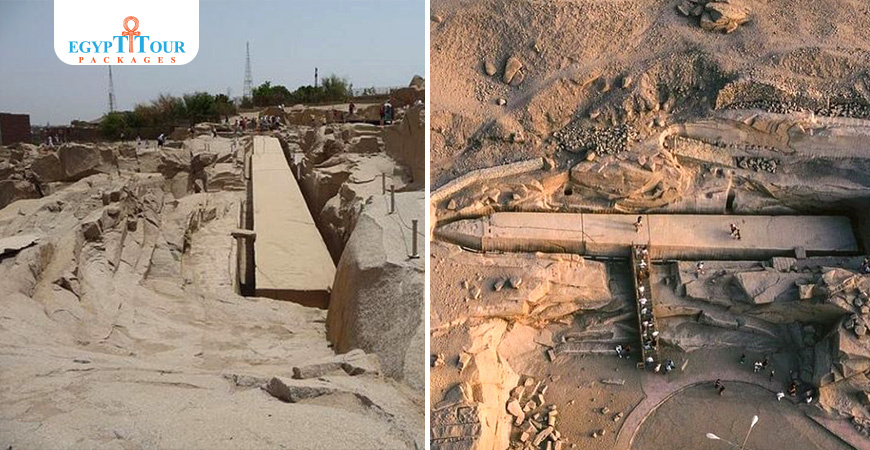
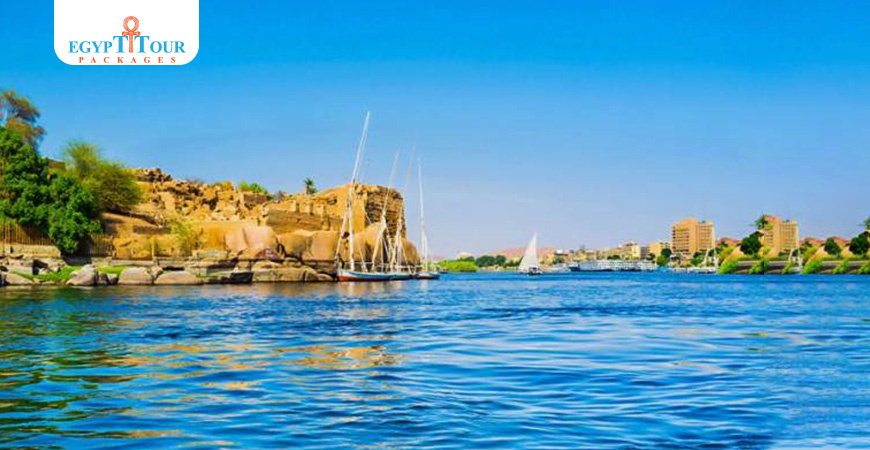
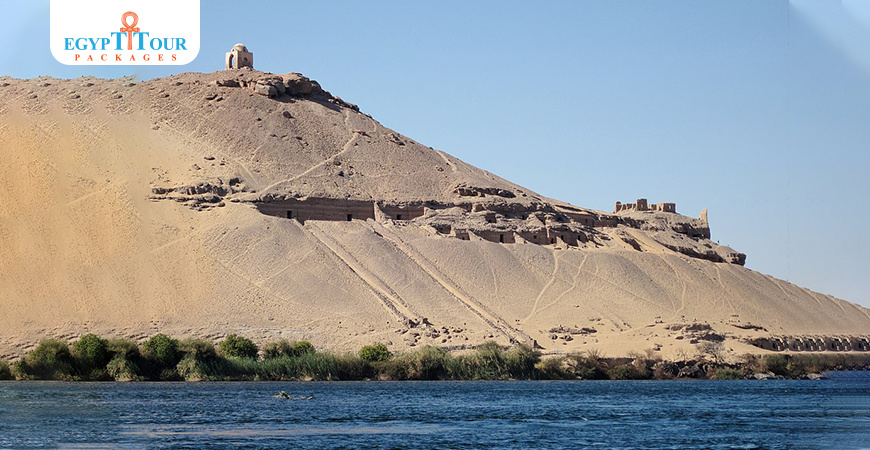
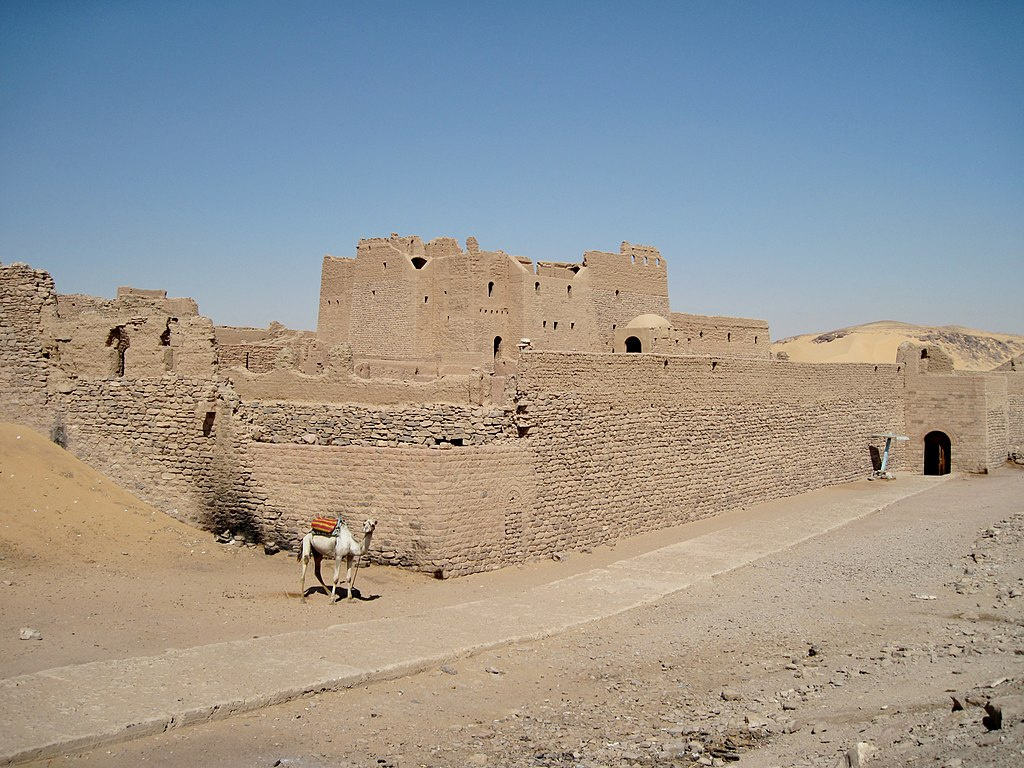
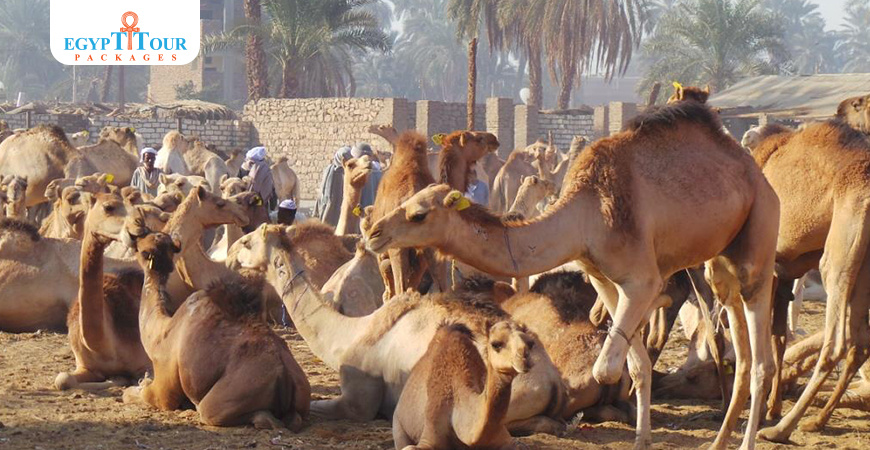
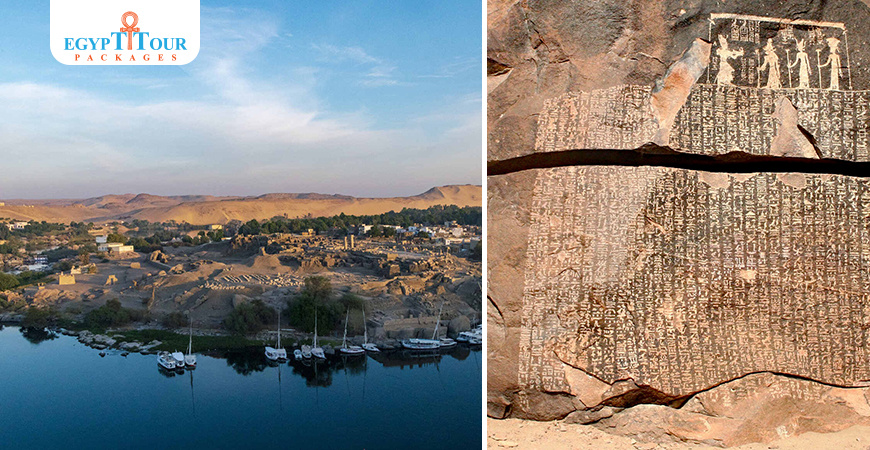
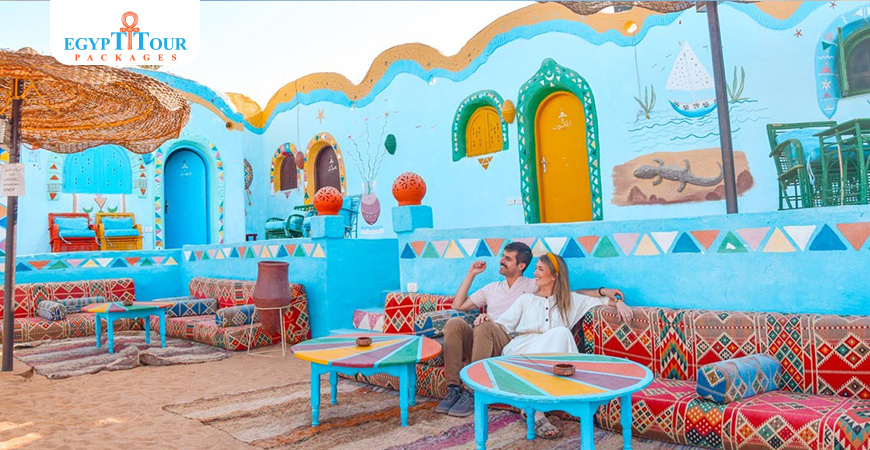

0 Comments